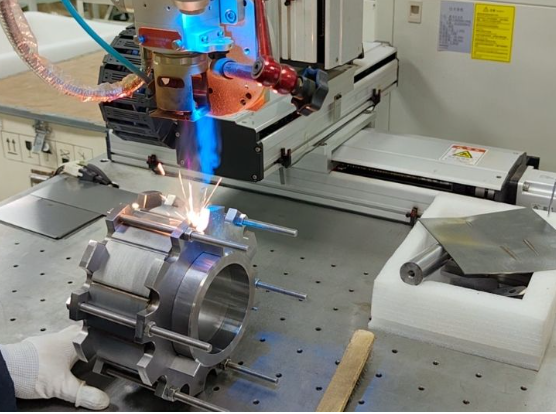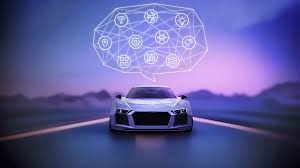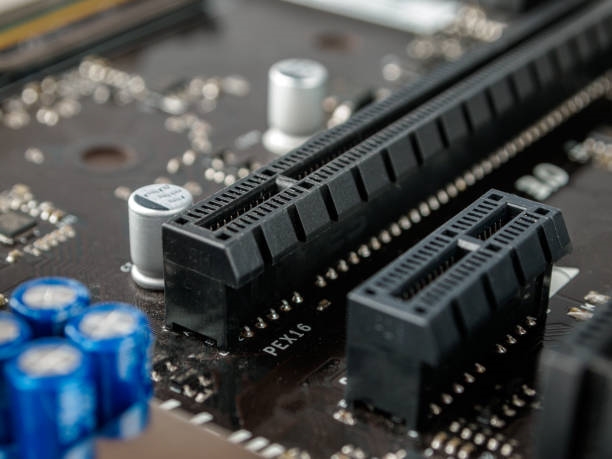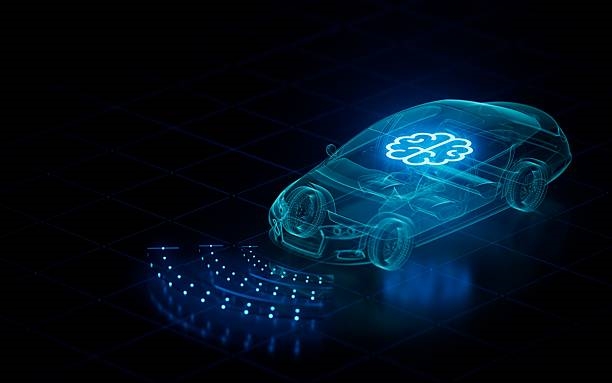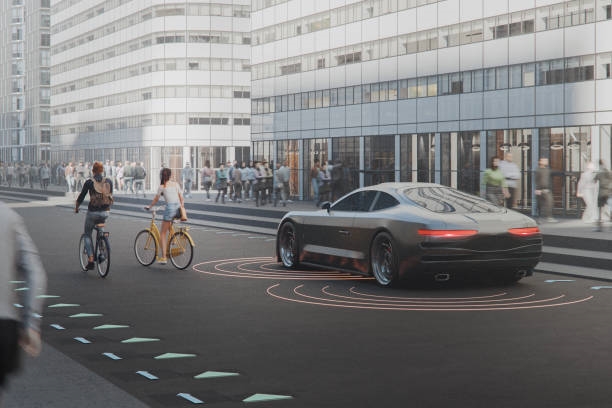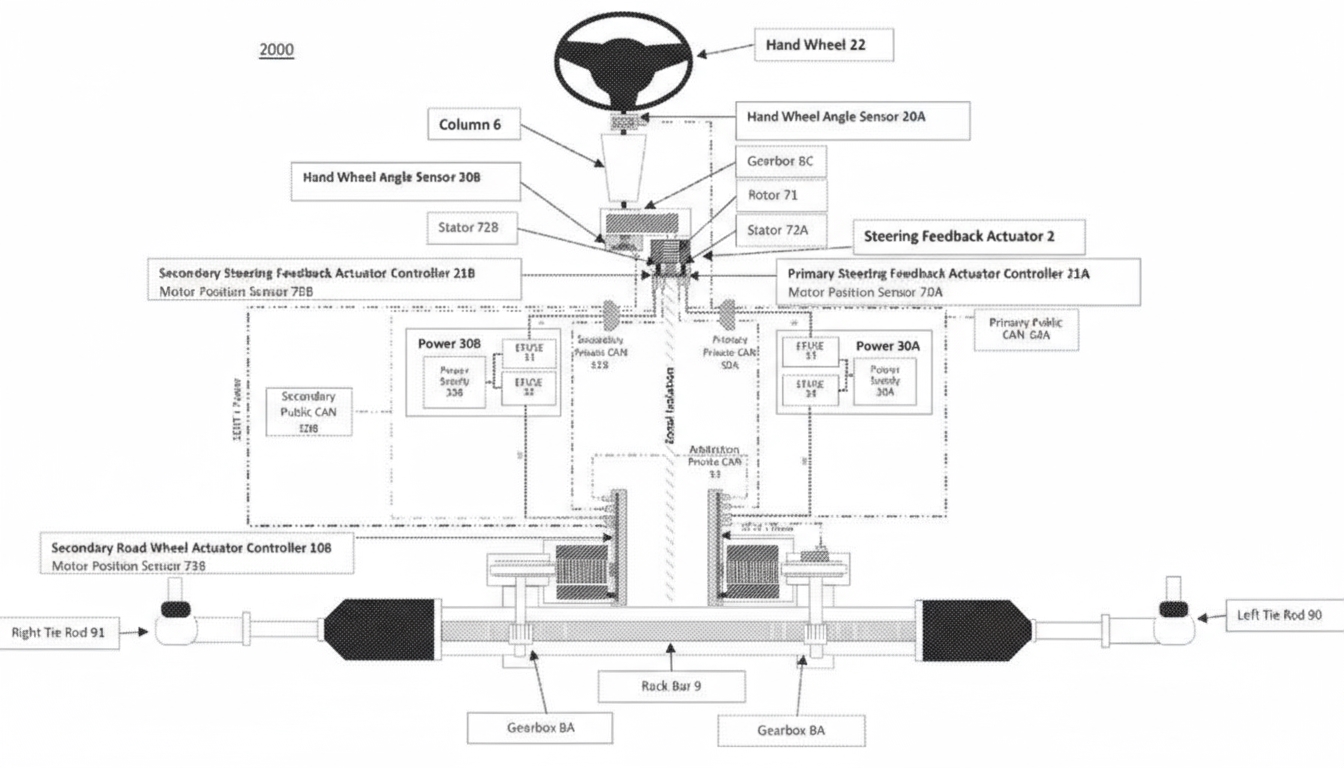Overview
Tesla has led the wave of the automotive "four modernizations," which has also driven upstream and downstream activity in China's automotive supply chain. The TMT and automotive research teams at CITIC Securities, together with multiple companies and institutions, spent two months completing a full teardown of the Tesla Model 3 and published a report. As a representative model in the electric vehicle market, the report provides an in-depth analysis of the Model 3's E/E architecture, electric powertrain, thermal management, and body systems.
The following content is excerpted from the domain controller chapters of the report "Viewing Intelligent Electric Vehicle Development Trends from a Model 3 Teardown."
Domain controllers: software-defined vehicles and iterative development
The overall direction toward vehicle intelligence has become an industry and market consensus. For example, when Android 1.0 was released in 2008, the user experience was relatively basic; through continuous data collection, user feedback, and iterative updates, interaction and user experience gradually improved, approaching what we consider an intelligent terminal.
Clearly, if vehicles are to support continuous software iteration based on data and user feedback in the way smartphones do, the existing E/E architecture must undergo major change. Software and hardware need to be decoupled, and computing power must shift from distributed to centralized. Tesla's Model 3 was among the first to move from a distributed architecture to a domain-based centralized architecture; this shift is a key reason its level of vehicle intelligence leads many automakers. The following sections provide a detailed analysis of Tesla's body domain, cabin domain, and driving domain.
Body domain: zoned by position to enable a software-defined body
Although both are domain controller approaches, Tesla's thinking has consistently been more advanced. For example, Bosch, one of the core suppliers in the traditional automotive supply chain, was among the earliest to propose the domain controller concept. However, Bosch's approach remained influenced by the traditional modular electronic architecture: in 2016 it proposed a five-domain architecture partitioned by function, consolidating vehicle ECUs into driving assistance, safety, vehicle dynamics, infotainment, and body electronics domains, connected via domain controllers and gateways. At the time, this approach significantly reduced the number of ECUs; from today's perspective, however, each domain still requires relatively complex wiring within the domain, so overall vehicle wiring complexity remains high.
By contrast, the Tesla Model 3 was unveiled in 2016 and entered production in 2017, around the same period as Bosch's report. However, the core of the Model 3's domain controller architecture shifts from functional to positional partitioning: three body controllers embody Tesla's new design approach. Under Tesla's concept, each controller is responsible for controlling components nearby rather than all similar components across the vehicle. This minimizes body wiring complexity, takes advantage of modern chips' generality and high performance, and reduces vehicle development and manufacturing costs.
Therefore, Tesla's three body domain controllers are located in the front body, the left front door, and the right front door, providing localized control. This reduces wiring complexity but requires thorough software-hardware decoupling across the three body domains, significantly increasing demands on suppliers' software capabilities.
 ALLPCB
ALLPCB


